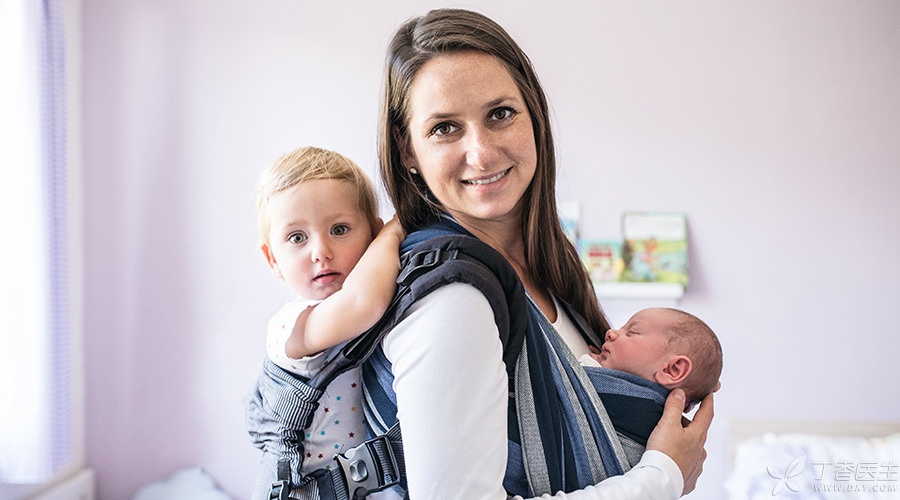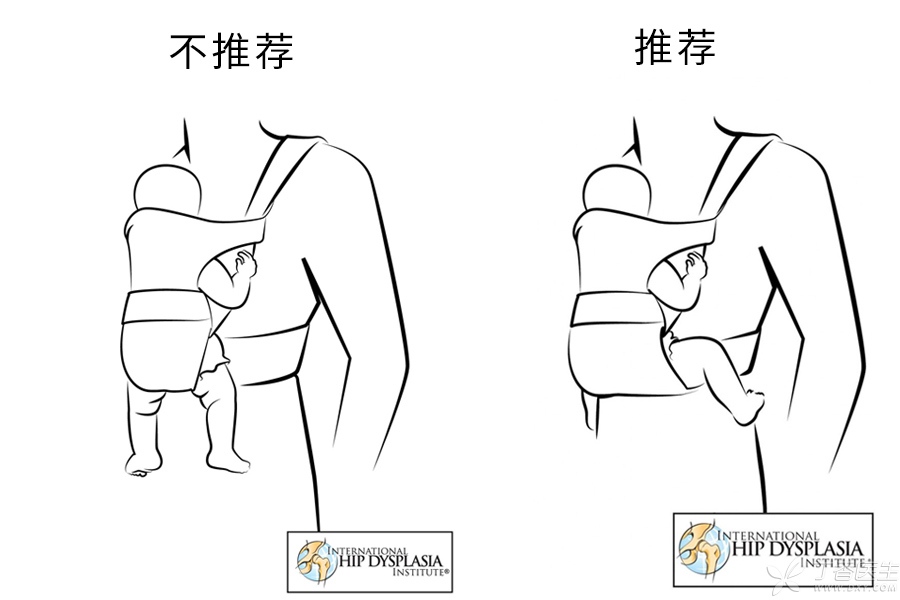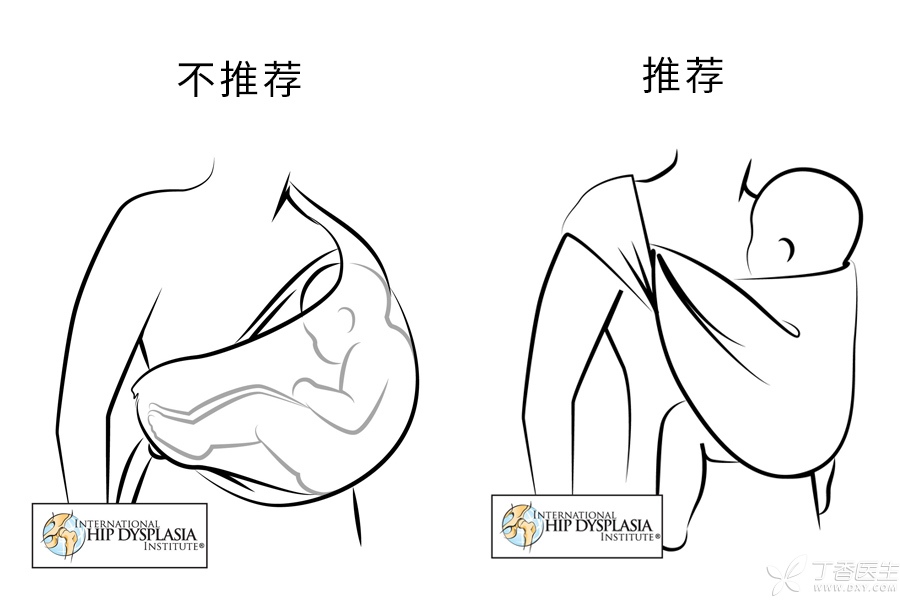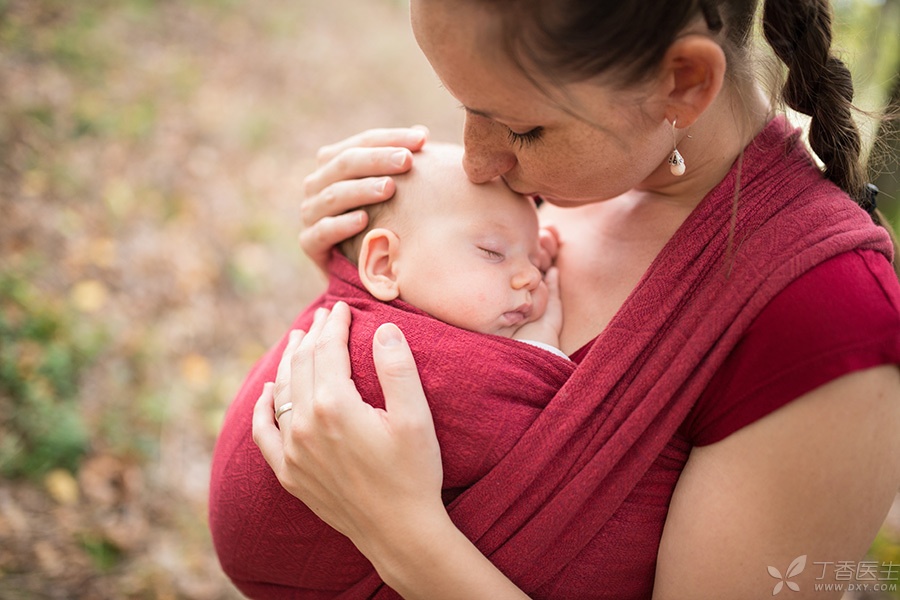
Last weekend, Ding Ma looked at the fine weather and took Dabao Xiaobao to the park.
There are many children in the park. Apart from running on the ground, many of them are hung by their parents.
Most of the tools used by these [hanging] children are waist stools, braces, and a small number of them are back towels. However, many parents used these baby braces by mistake.
Today, Dr. Clove invited Meng Ma Tang Wei to tell everyone about the use of waist stools, braces and back towels.
Waist stool, braces, back towel, with the wrong injury baby
1. Waist stool
Waist stool, as the name implies, is a small stool around the waist. Waist stool is simple to wear and low in price. Ding Ma can often see the baby sitting on the waist stool in parks and communities.
However, the waist stool is not well used, but there are many hidden dangers.
For example, some waist stools do not have protective braces, and parents just hold the baby with one hand. Sometimes the baby is restless and likes to wriggle around, and may fall off the waist stool.
However, for a baby who is too young, the strength of the neck and back is not enough. If the posture of sitting on the waist stool is not correct, the neck, spine and lumbar spine cannot be effectively supported, which is not conducive to the development of the baby.
Step 2: Straps
Straps look more reliable than waist stools, at least freeing parents’ hands, reducing the risk of accidental slipping, and providing some support for babies’ fragile bodies. However, improper use still has hidden dangers.
For example, the thick braces may lead to the baby’s body temperature being too high, while the braces are too loose, the baby may curl up in the braces, the mouth and nose are blocked by his chest, or the mouth and nose are blocked by the braces, which may increase the risk of suffocation.
In addition, the American Academy of Pediatrics pointed out that the baby’s head is easy to tilt to one side in the brace, which is not conducive to the development of neck and spine, and may cause [head deviation].
However, the cushion part of some braces is too narrow to provide support for the knee joint. The stress point on the edge of the cushion is on the inner side of the thigh. The weight of the leg itself will push the hip joint outward and upward, which may cause hip joint dysplasia.

Step 3: Back towel
Back towels are widely used abroad and have many styles. They are portable and can wrap babies. Babies lie prone on adults’ chests and listen to the heartbeat, which can create a sense of security for babies.
The hidden danger of improper use of back towel is similar to that of braces. For example, it increases the risk of asphyxia and affects the development of head, neck, spine and hip joint.
For example, if the back towel forces the baby’s legs to squeeze together, it may lead to hip dysplasia. If the back towel separates the baby’s legs, this risk can be reduced.

Improper use of waist stools, braces and back towels can not only hurt babies, but also pit adults: hanging a baby weighing more than 10 kg is a big burden on adults’ waist, back and shoulders.
Five Principles of Safe Use
I have to take my baby and do housework again. I really can’t spare my hands without taking my baby tools. Can’t I use my baby tools?
Of course not.
To use baby-carrying tools safely, one must master the following five principles:
- Tight enough: Ensure that the baby’s body posture is fixed, It won’t slip, Or asphyxia, hip dysplasia and other risks after posture deviation. Adequate open: Adults can see the baby’s face with their heads bowed. Make sure your baby’s nose and mouth are not covered or covered. High enough: The baby should be tall enough to be able to kiss with a bowed head. Don’t let the baby’s body curl up too much: Make sure there is at least 1-2 finger width distance between the baby’s chin and chest to avoid suffocation. Support the baby’s back: braces and towels need to support the baby’s back, so that the baby’s chest and belly stick to adults.

In addition to the above five principles, Dr. Clove should also remind everyone of some precautions:
- Premature infants, low birth weight infants and babies who do not breathe smoothly (for example, colds) should avoid using back towels. Read the product manual carefully to see if the baby is within the applicable weight range. Always check the quality of products, such as whether seams are strong and buttons and other parts are loose. Don’t run and jump when carrying the child, so as not to endanger the baby’s body. Tightly alert the baby to expose the hands and feet of the back towel/braces/waist stool, and do not let their hands and feet touch or catch some dangerous goods; Stay away from stoves, heaters and other objects to avoid scalding. Don’t eat or drink especially hot food when carrying the baby, so as not to burn the baby when the food falls. The baby on the chest may block the line of sight, so pay special attention to the road at the foot. When adults bend over, they must pay attention to protect the baby’s neck. Don’t use it for a long time, so as not to cause too much pressure on adults’ shoulders, neck and waist. Look more at children and less at cell phones!
Perhaps some people complain: this is too troublesome. Is there a safe and not tiring way to hold the child?
Of course there is, that is-
Let his parents hold him!
